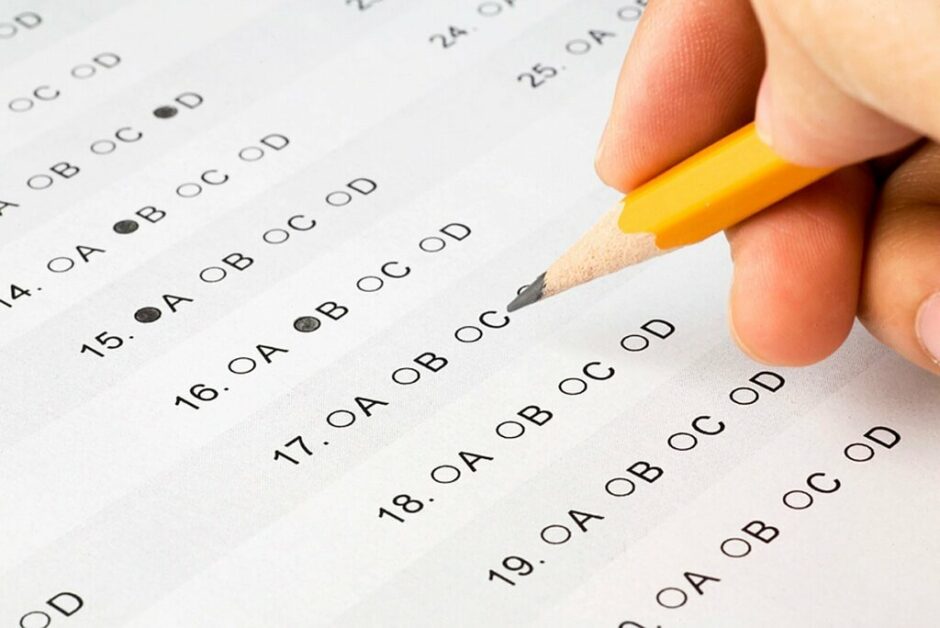The Future of Standardised Testing


Contents
Subscribe
Join 10,000 other counsellors & educators & get exclusive resources delivered straight to your inbox.
In Spring 2016, the SAT underwent some major changes, promising a version of the exam that is “more focused and useful than ever before.” There are a whole bunch of transformations, which we outlined in detail in an interview with the Director of London-based tutoring agency UES London.
Does the redesign of the SAT go against the grain of current college admissions trends? There is a lot of evidence to say yes. Some are arguing that standardized testing is a sinking ship. So in this blog post, we’re going to explore what’s in fashion when it comes to standardized testing to lay out what the future of standardized tests in the U.S. looks like.
Recently, more and more universities have made standardised testing optional or introduced more flexibility into their testing requirements. The list of colleges deciding to become test-optional now includes selective institutions such as Wesleyan and American University.
NYU is a perfect example of the trend towards flexibility in testing requirements, allowing students the choice to submit combinations of Advanced Placement exams, SAT Subject Tests, and the International Baccalaureate instead of the good old SAT.
It seems, then, that it’s becoming de rigeur in the college admissions landscape to rethink how students are tested. What does this mean for the future of standardised testing?
Well, while it’s dangerous to speculate, it may mean that standardised tests are losing their currency in the admissions process and becoming less and less important.
Students are now faced with a cornucopia of differing standardized testing requirements, which means that applying to college is a bigger nightmare than ever. Discerning what your requirements actually are is much more complicated than it was in the days of taking an SAT and seeing how it goes.
It seems that, rather than heading towards an environment in which universities agree on some sort of standard for evaluating students, the opposite trend is occurring. Universities are looking at what they value in prospective students and coming up with their own ways of measuring these qualities.
It’s well known that wealthier kids perform better on the SAT. The SAT has long been critiqued for being a “Student Affluence Test.” Will the new one be fairer? We hope so.
To be sure, the trend towards offering students a range of testing options should cut students some slack and allow them to showcase their strongest qualities in the admissions process.
In 2015, the dialogue around college elitism and inequality will continue to permeate the standardised testing agenda and the SAT and ACT will be forced to scrutinise their tests for inbuilt biases against low-income students and minorities.
It’s hard to say with certainty what will happen in the future of standardised testing, but one thing’s for sure: we are rethinking what we want out of the admissions tests we’re giving our students, and evaluating how good they are indicating a student’s potential success in college. And that’s a good thing.
Learn how BridgeU can help deliver better outcomes for your students and improved results for your school.
